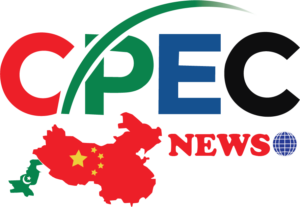ISLAMABAD; Prime Minister Shehbaz Sharif has underscored Pakistan’s vital geographic importance, describing it as a bridge linking the warm waters of the Arabian Sea and the Persian Gulf to the towering Karakoram and Himalayan ranges through the historic Indus Valley.
Speaking at an international forum, the premier said that Pakistan’s extensive coastline and key ports such as Gwadar and Karachi were set to play a central role in the maritime Silk Road, serving as major transit points for regional and global trade.
He paid tribute to former prime minister Nawaz Sharif for his “vision and foresight,” noting that one of Nawaz’s earliest initiatives was the launch of the China-Pakistan Economic Corridor (CPEC). The premier described CPEC as a transformative project that had connected markets and strengthened people-to-people ties between China, Central Asia, South Asia, and the Middle East.
Highlighting the next phase of the initiative, PM Shehbaz said Pakistan was entering the “very exciting phase” of CPEC 2.0, which focuses on business-to-business collaboration and enhanced investment opportunities for Chinese and other friendly countries’ enterprises.
He emphasized that in the modern digital age, connectivity extends beyond roads, railways, and air routes—it now includes data, technology, innovation, and research collaboration. To this end, Pakistan was investing in digital infrastructure to align itself with the ongoing fourth industrial revolution, the prime minister added.
PM Shehbaz pointed out that nearly 60 per cent of Pakistan’s population is between the ages of 15 and 30, calling this both a challenge and an opportunity. “If we are able to equip our youth with skills in information technology, artificial intelligence, and vocational training, they will become our greatest strength,” he remarked.
Concluding his address, the premier said: “We may not have black gold, but our youth are our true wealth — the driving force behind Pakistan’s rapid progress and prosperity.”

















